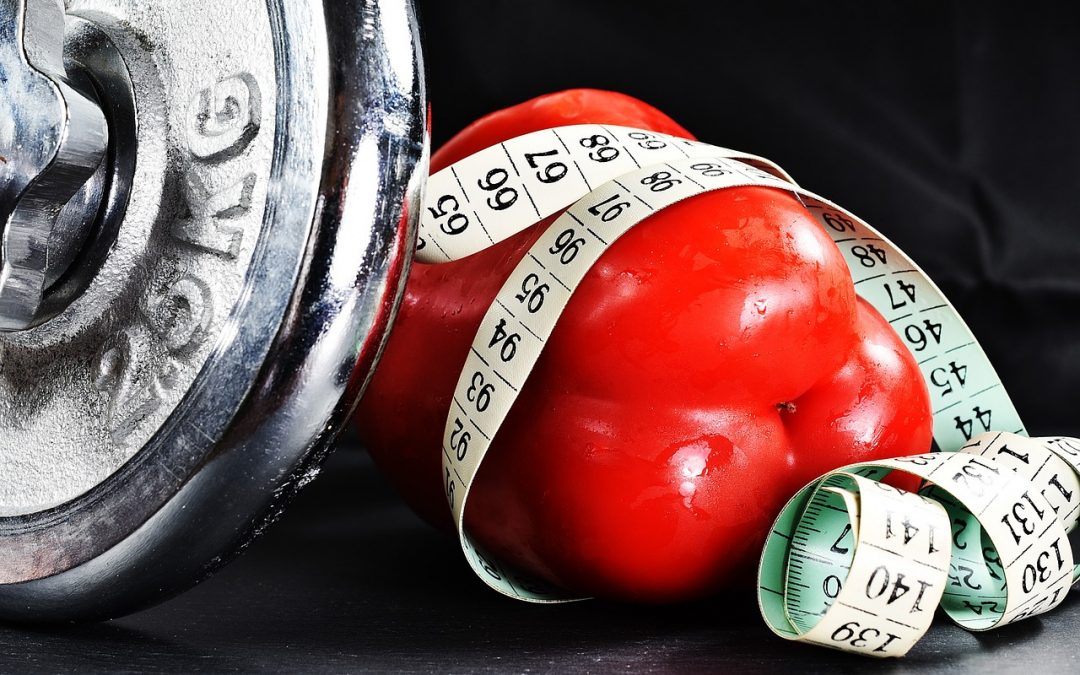Getting Back Into a Fitness Routine
Finding motivation to get back into a fitness routine can feel overwhelming, yet it becomes easier when you know where to start. At Vivna Insurance, we understand how important daily movement is for long-term health, financial well-being, and overall quality of life. Whether you want to lose weight, rebuild strength, increase flexibility, or simply feel better each day, small changes can help you gradually restore healthy habits. Because your health impacts everything from energy levels to health insurance and life insurance rates, taking the first step truly matters.
Rediscovering Your Fitness Motivation
Many people think restarting a routine requires extreme workouts, but it does not. Instead, progress comes from consistency, balanced habits, and choosing activities that bring joy. When you enjoy movement, you are far more likely to stay committed, improve your mindset, and strengthen your overall well-being.
Because every person’s fitness journey is different, exploring a variety of options helps you stay flexible and engaged. Below are powerful strategies to help you rebuild momentum quickly and safely.
Start With Small, Actionable Steps
One of the most effective ways to reenter a routine is by choosing manageable goals. For example, walking for ten minutes, stretching at home, or completing a short workout video can help you build confidence. Then, as your body adjusts, increasing the duration or intensity becomes much easier.
Explore Indoor & At-Home Fitness Alternatives
Many people prefer exercising at home because it saves time, removes pressure, and allows complete privacy. Here are easy indoor alternatives that keep your fitness journey interesting:
- Use online workout videos: Thousands of free and paid programs offer yoga, strength training, body-weight routines, dance cardio, and more. Following guided videos helps keep your workouts structured and fun.
- Try simple body-weight exercises: Squats, lunges, planks, push-ups, and core movements require zero equipment. Additionally, these movements target multiple muscles and help burn calories quickly.
- Create a small home workout space: A mat, set of dumbbells, and resistance bands can help you build strength without needing a full gym.
Outdoor Activities That Make Exercise Enjoyable
If you prefer fresh air and open spaces, outdoor fitness may be the best option. Because outdoor movement boosts mood, improves motivation, and increases energy, many people find it easier to stay consistent. Try activities such as:
- Walking or jogging: Even a 20-minute walk improves heart health, supports healthy weight, and reduces daily stress.
- Cycling: Riding a bike strengthens leg muscles, supports joint mobility, and provides a fun way to explore your community.
- Hiking: This combines cardio, strength, and nature exposure. However, always choose trails within your physical comfort zone.
- Community sports: Tennis, basketball, pickleball, and other group activities offer friendly competition and social interaction.
Support Your Routine With Better Nutrition
Healthy eating fuels your body and helps you maintain momentum. A balanced approach makes a huge difference:
- Increase fruits, vegetables, and lean proteins: These nourish your muscles, boost metabolism, and support long-term health.
- Stay hydrated: Drinking water throughout the day keeps you energized and helps your body function at its best.
- Avoid excessive snacking: Mindful eating prevents unwanted weight gain and helps you stay focused on your progress.
Use Music, Tracking, and Routines to Stay Motivated
People often feel more motivated when workouts are paired with music, fitness apps, or small habit-tracking tools. Creating a playlist, using a simple step tracker, or rewarding yourself for completing weekly goals can help keep you engaged.
Additionally, scheduling workouts at the same time each day increases accountability. For example, morning walks, lunchtime stretching, or evening strength training can quickly become part of your daily rhythm.
Include Family and Friends
Fitness becomes more enjoyable when you involve others. Invite someone to join you for a walk, workout video, or bike ride. Encouragement, companionship, and shared goals help keep everyone motivated.
Why Restarting Your Routine Supports Your Health & Finances
Better health often leads to fewer illnesses, improved mental clarity, and stronger long-term wellness. Because healthier habits may also contribute to better health insurance or life insurance outcomes, staying active benefits both your body and your budget. Even small lifestyle changes can reduce medical visits, lower stress, and increase your overall quality of life.
FAQ — Getting Back Into a Fitness Routine
How long does it take to rebuild a routine?
Most people begin to feel improvements within a few weeks of consistent effort, although every person progresses at a different pace. The key is consistency rather than intensity.
What if I have not exercised in a long time?
Starting slowly is perfectly fine. Begin with short walks, light stretching, or simple home exercises. As your confidence grows, gradually increase duration and variety.
What if I get bored easily?
Rotate exercises weekly to keep your routine engaging. Consider hiking one day, yoga the next, and cycling or strength training on other days.
Should I exercise indoors or outdoors?
Both work. Indoors provides convenience and privacy, while outdoor fitness boosts mood and energy. You can combine both approaches depending on your lifestyle.
Contact Us
If you are exploring health insurance, life insurance, health-share alternatives, or supplemental insurance options, the licensed agents at Vivna Insurance are here to help.
Give us a call at 888-730-6001 for personalized support.

